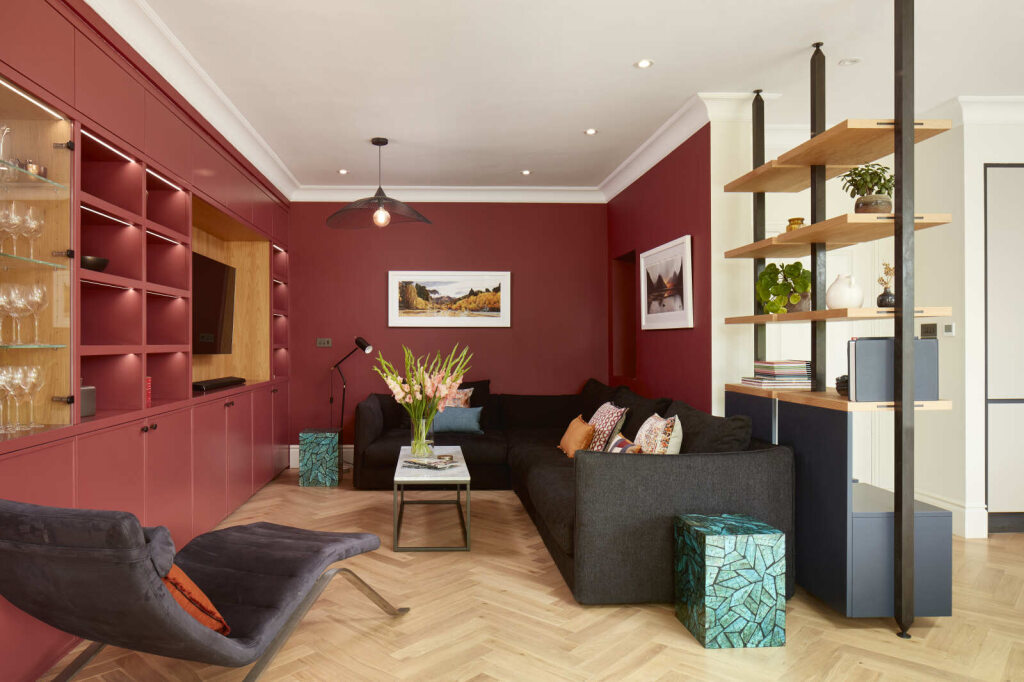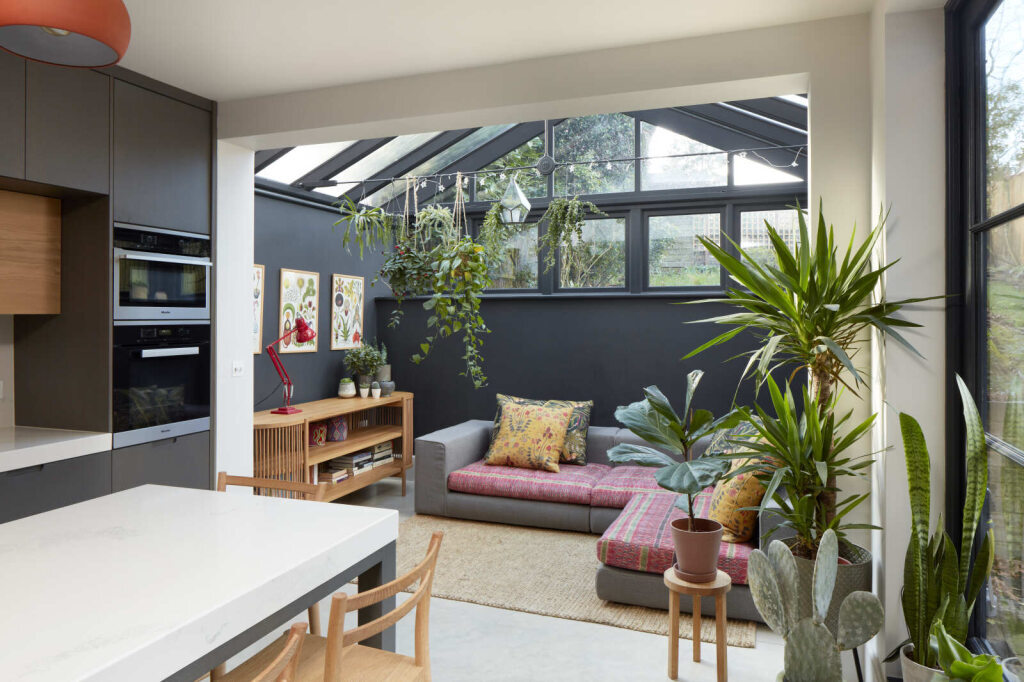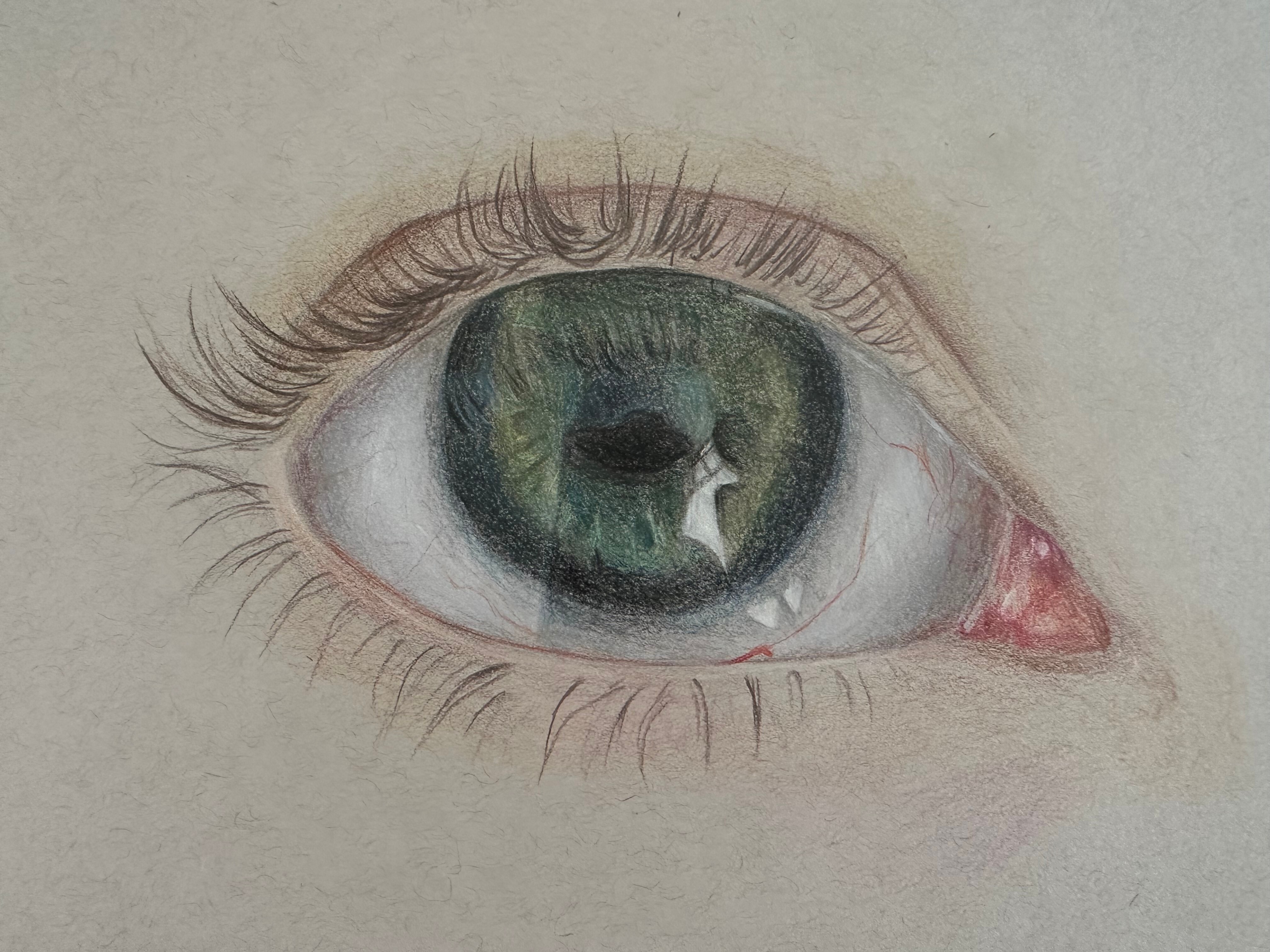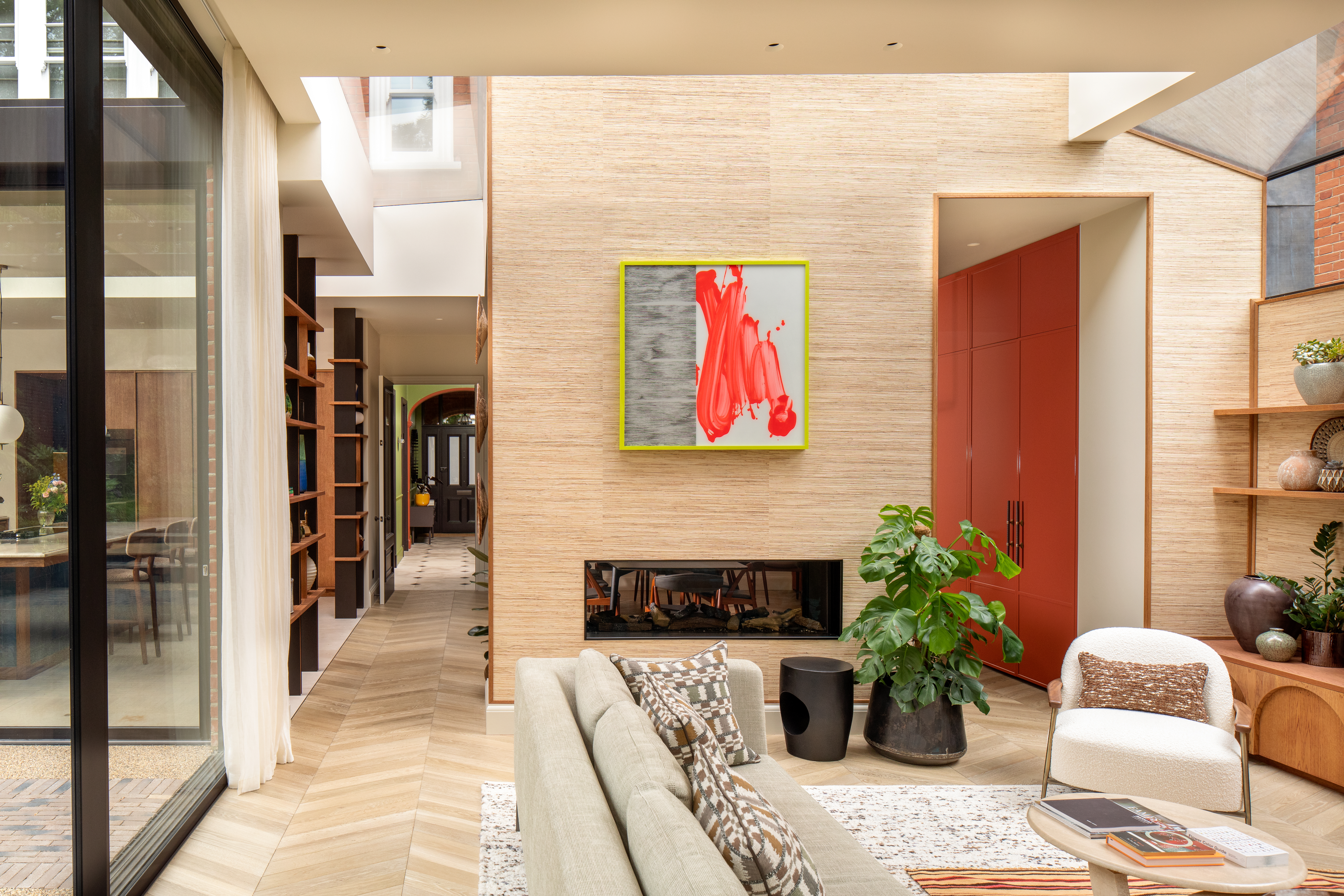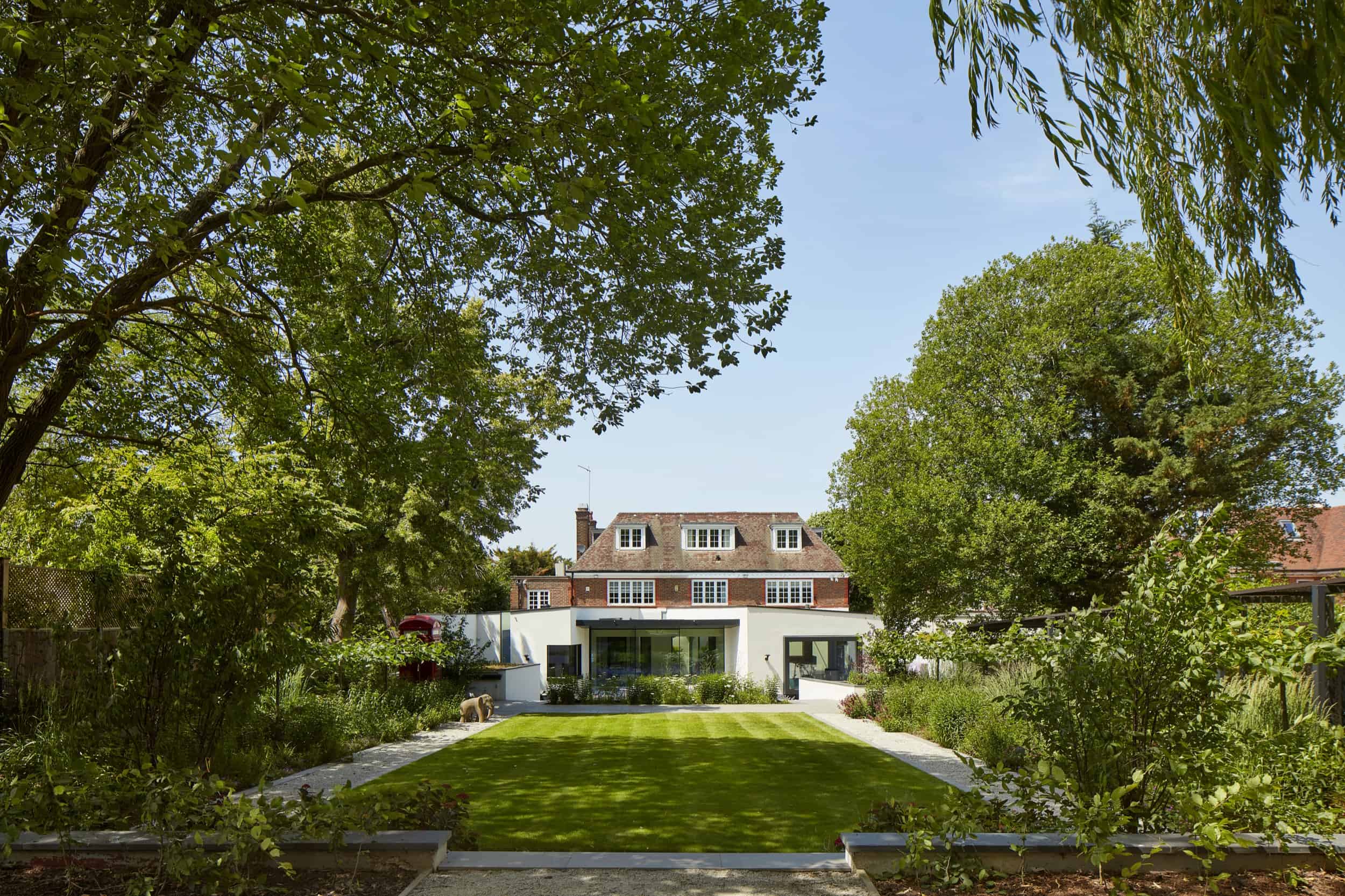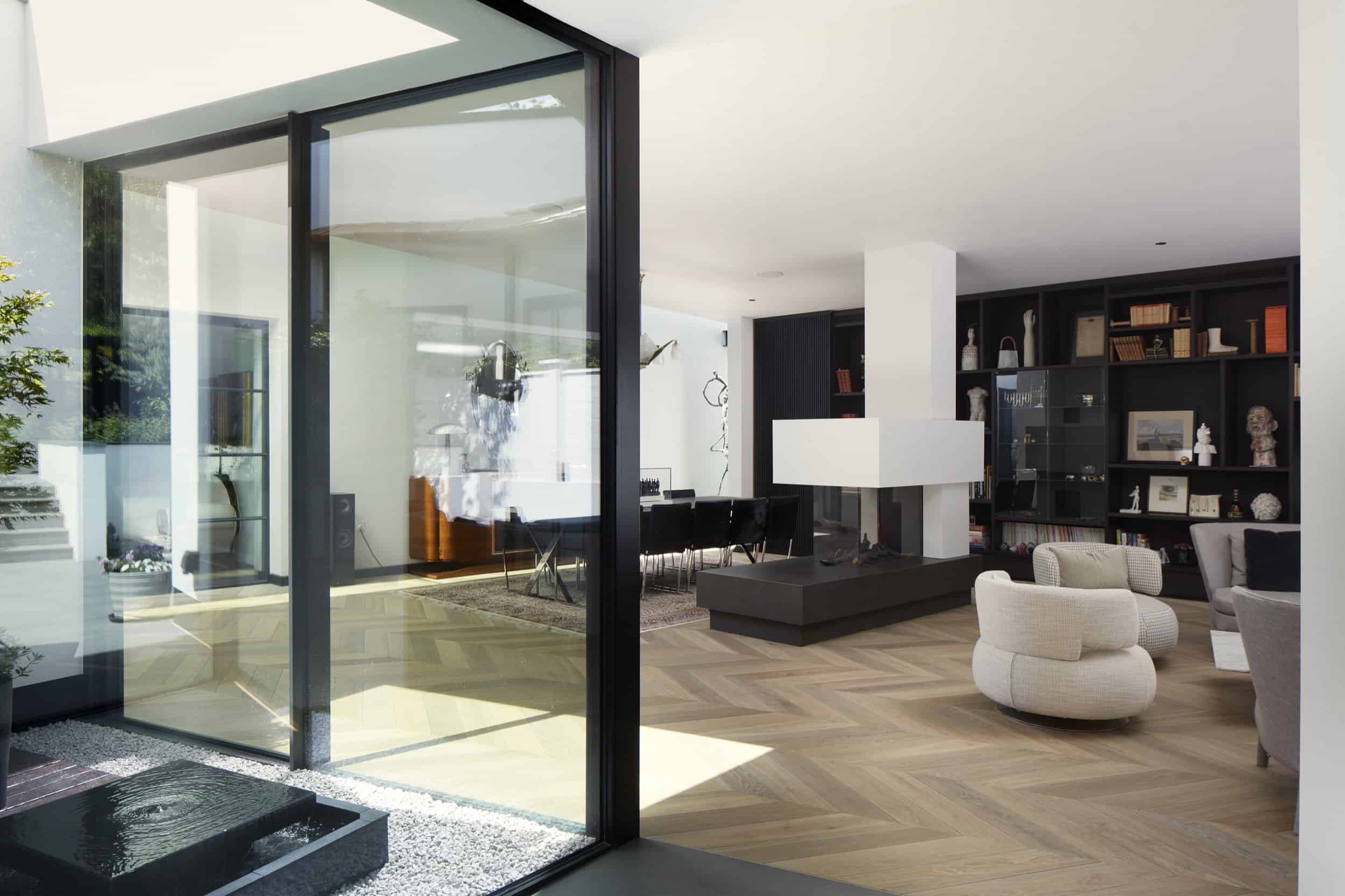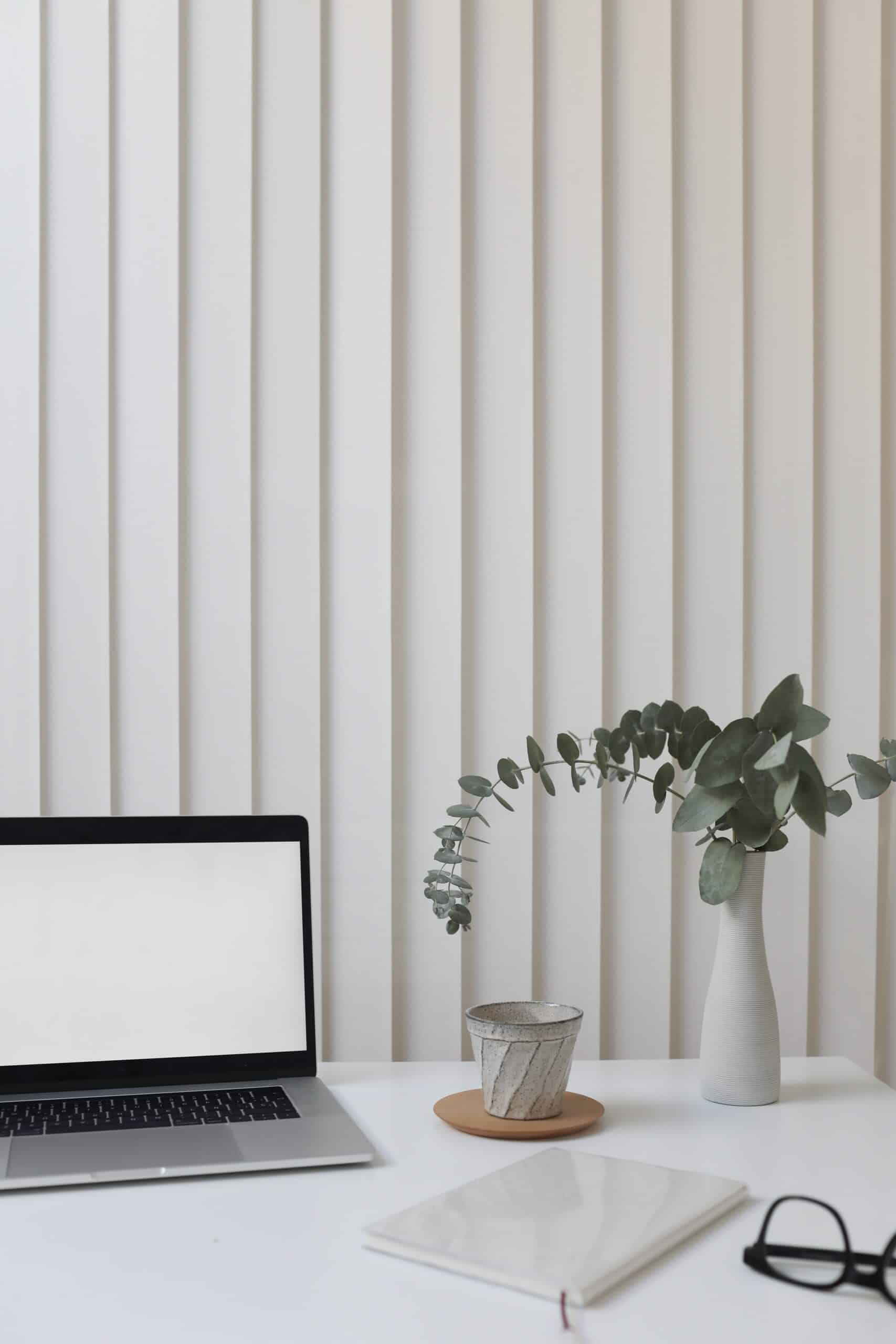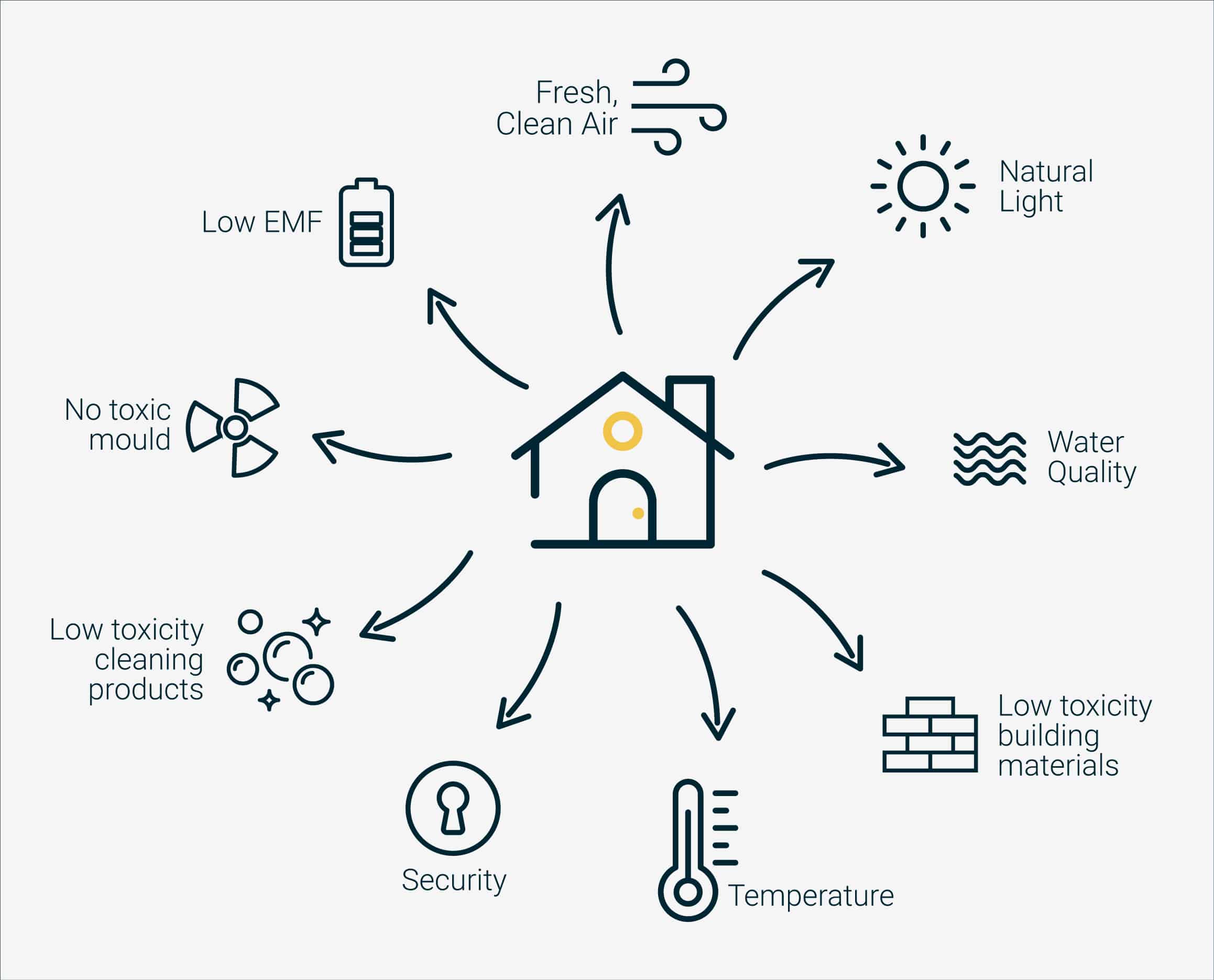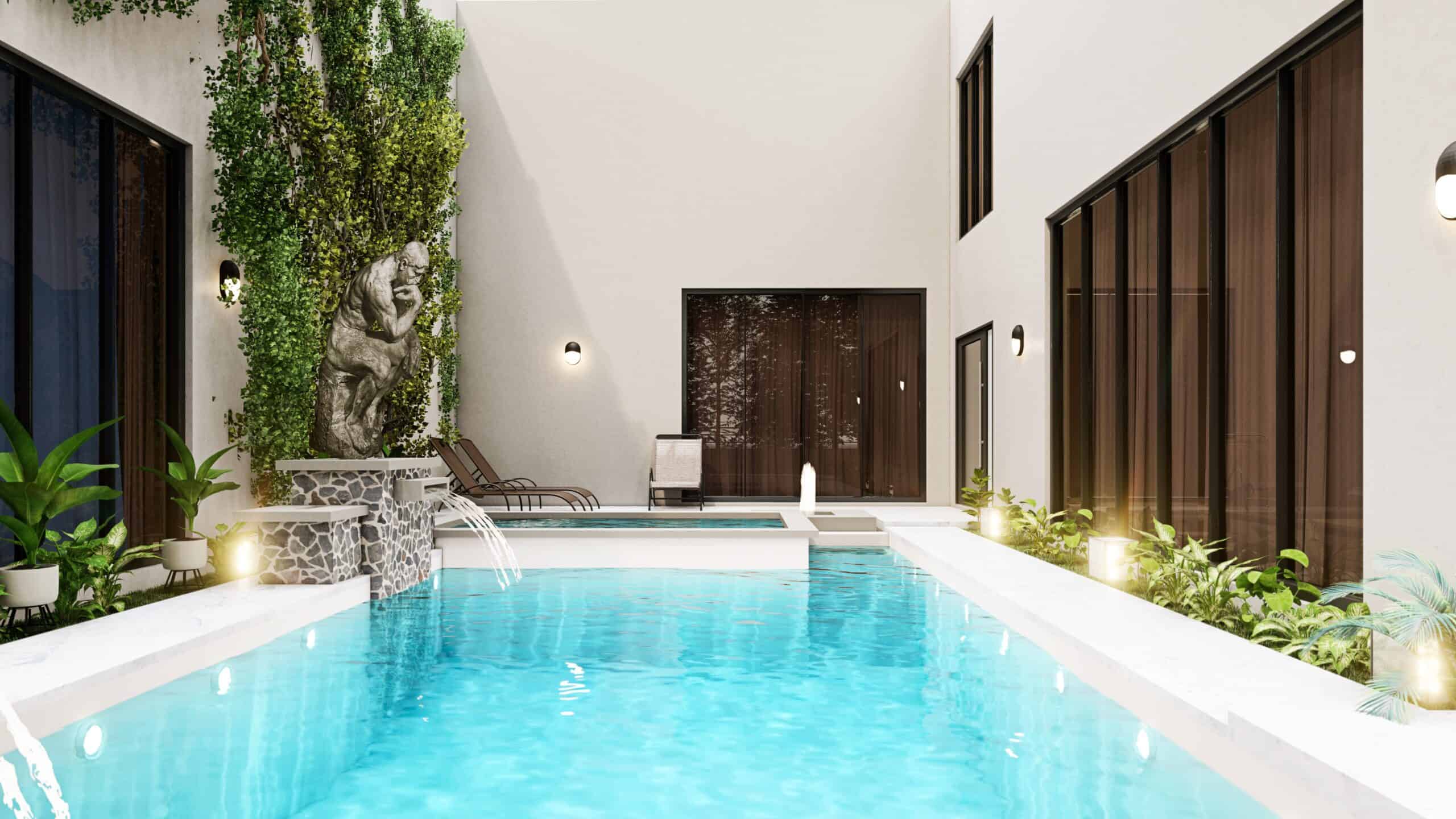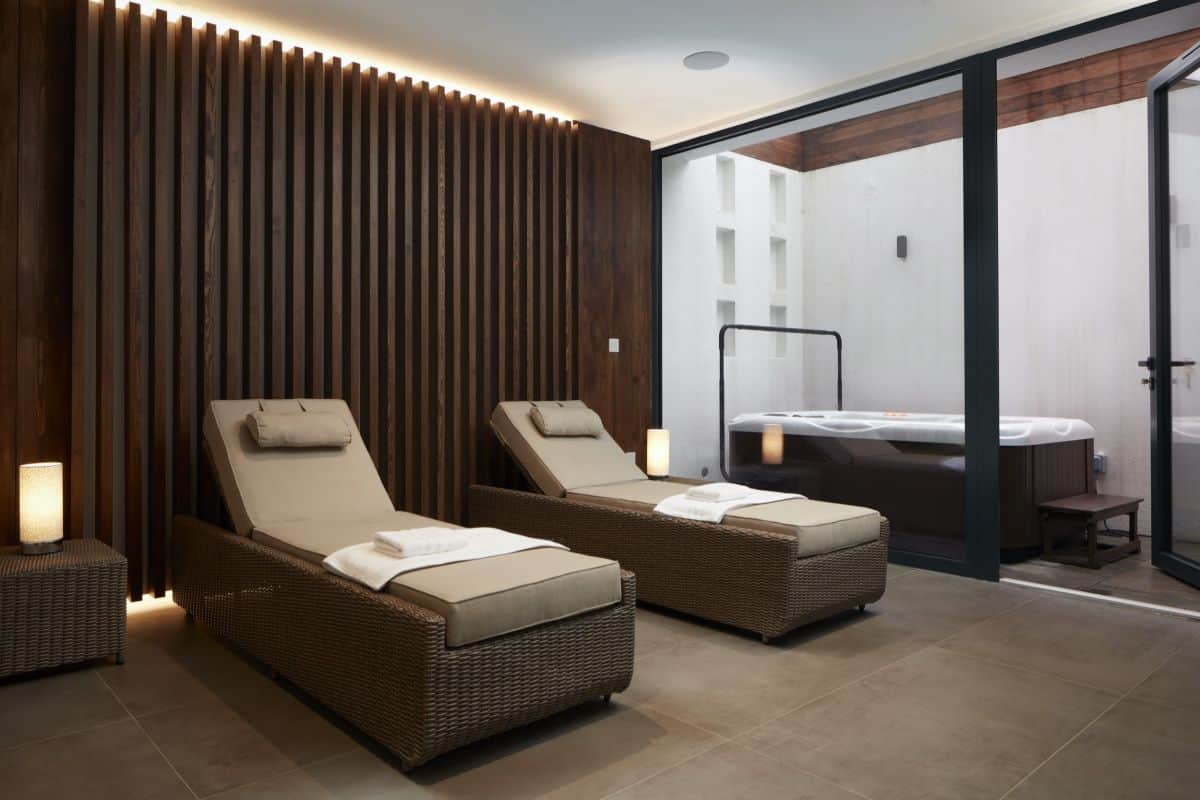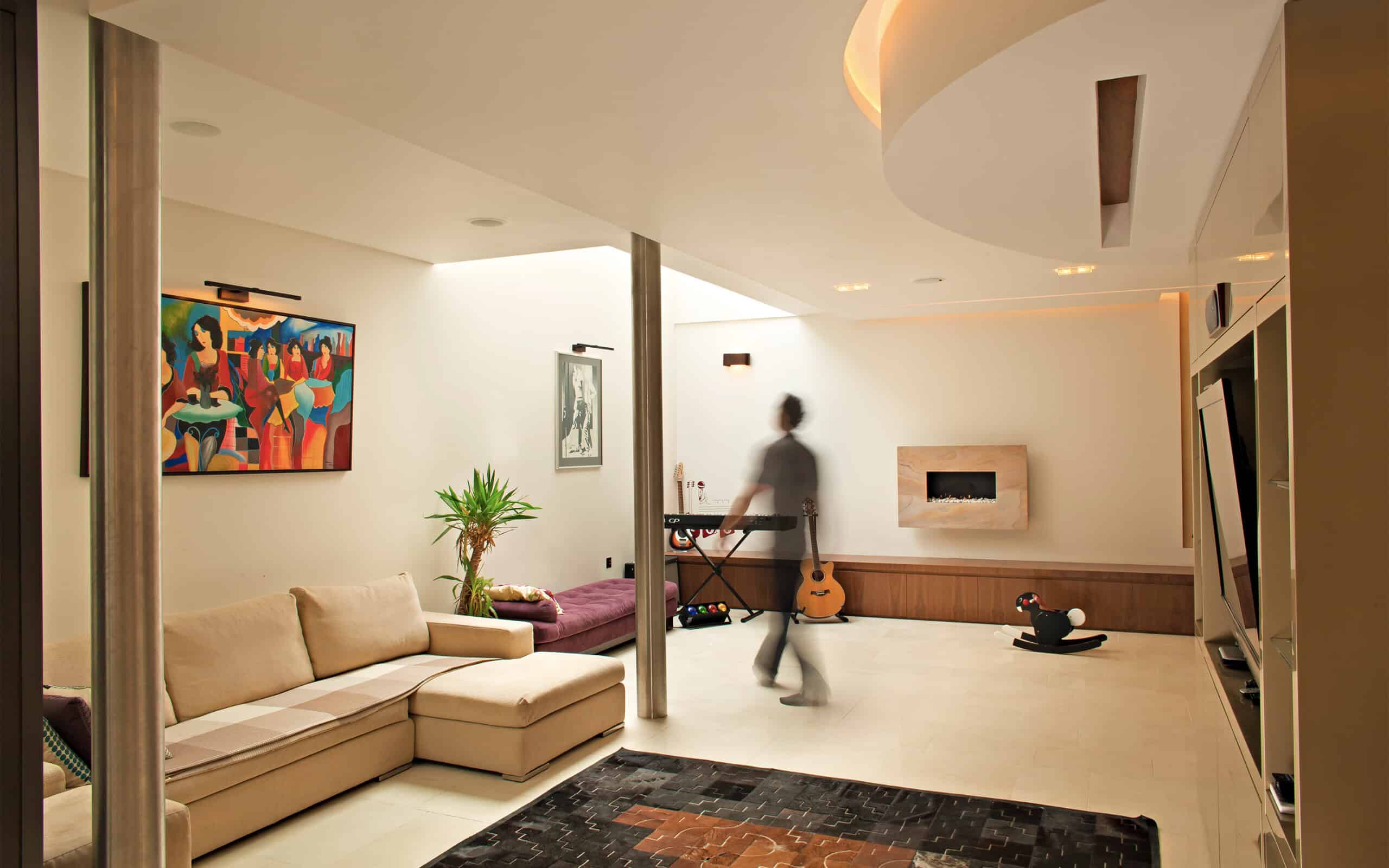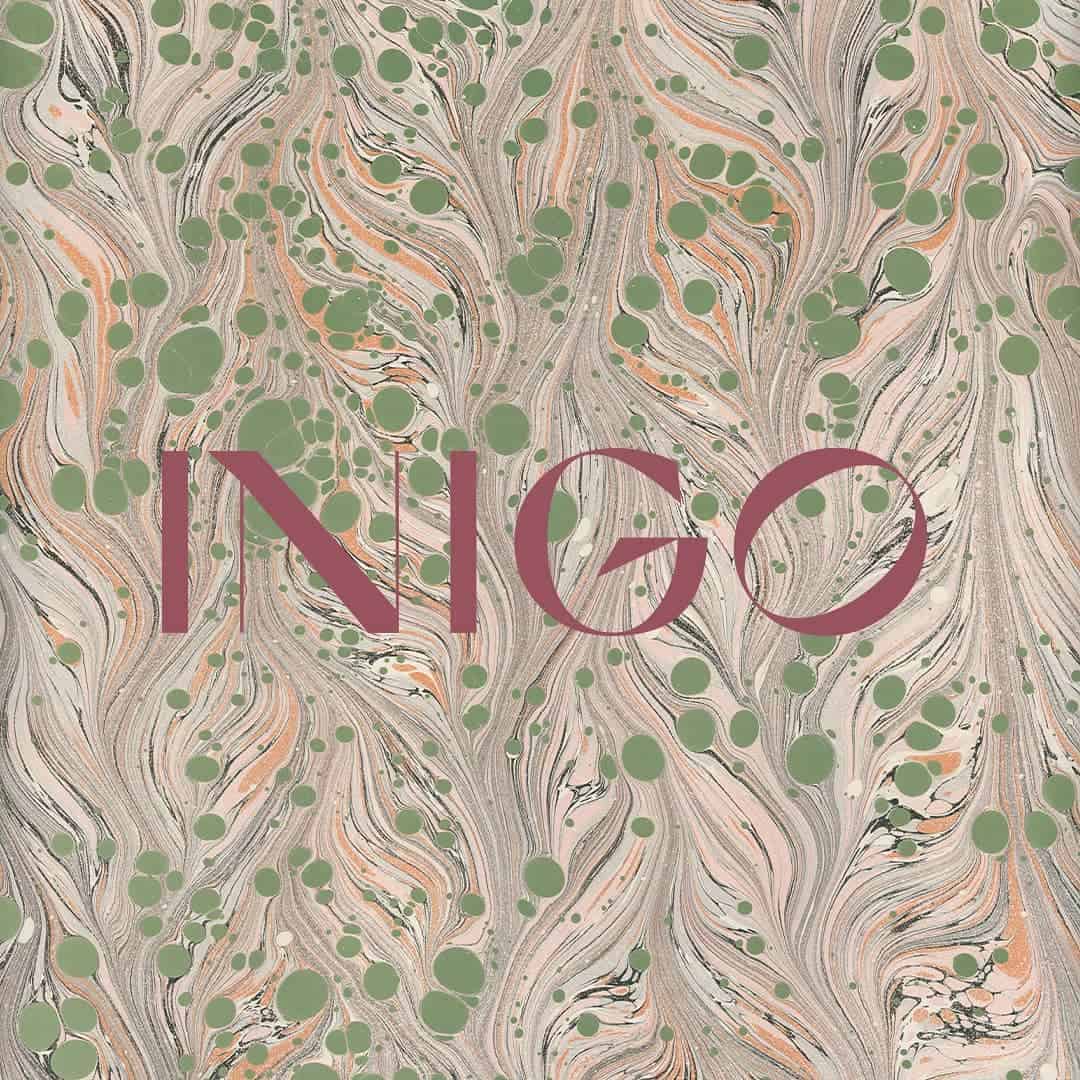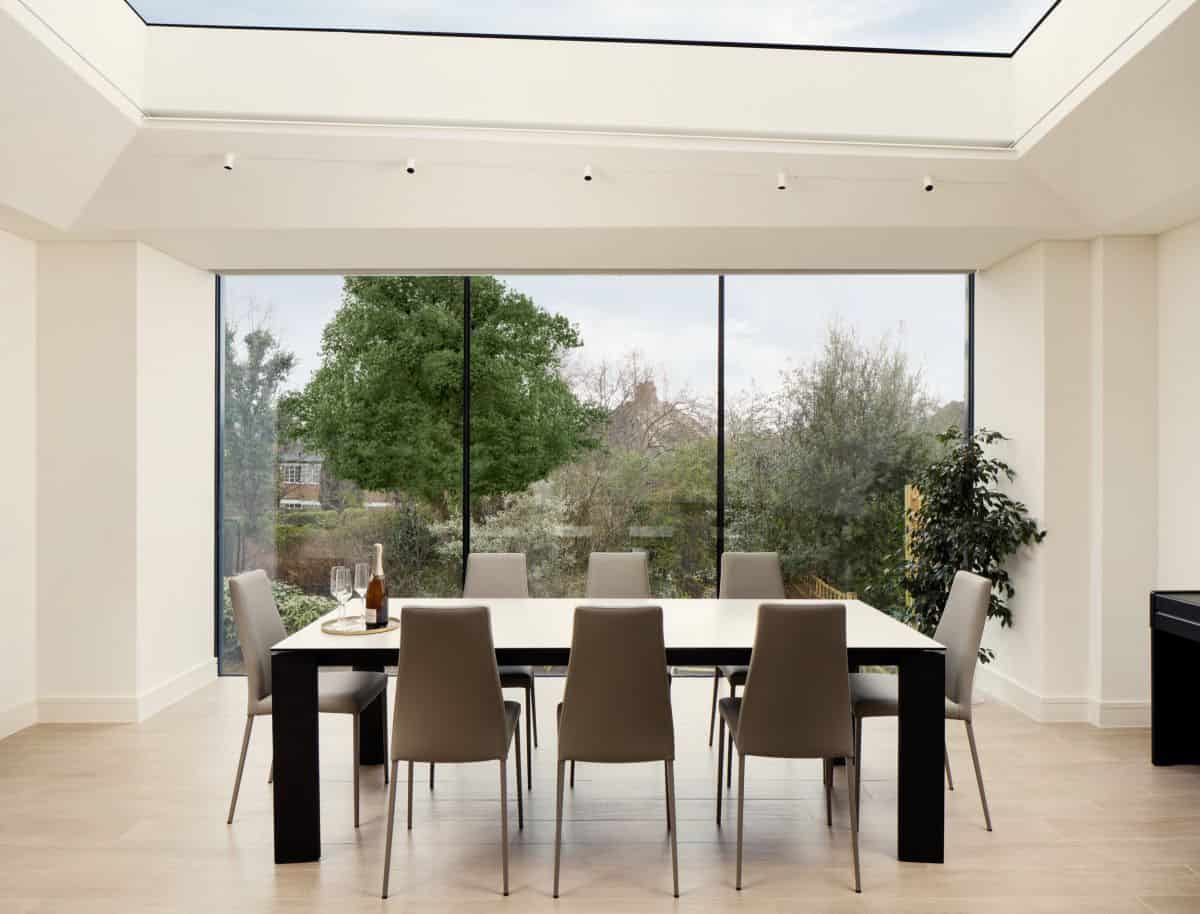How does light shape how we feel?
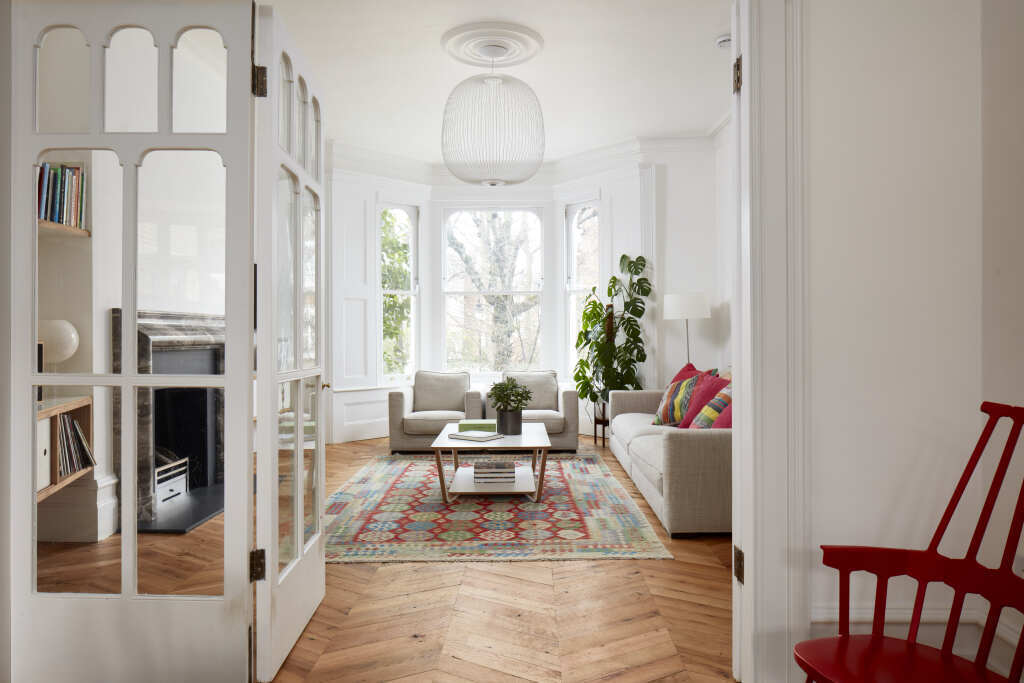
Light does far more than illuminate a room; it shapes how we think, feel, and function. Neuroarchitecture recognises light as one of the most powerful design tools for supporting health and wellbeing, which is why we prioritise it in each and every one of our designs.
At a Glance:
- Light regulates our biological rhythms, mood, and cognitive function.
- Natural light improves sleep, productivity, and emotional wellbeing.
- Darkness is essential for hormonal balance and rest.
- Artificial light should align with our body’s natural rhythms.
- Poor-quality or flickering light can cause stress and fatigue.
What is the body clock and why does it matter?
Our circadian rhythm, often referred to as the body clock, regulates our sleep–wake cycle, alertness, and mood. It’s controlled by a cluster of neurons in the brain that specifically respond to light and dark.
Natural daylight is essential for synchronising this rhythm, which is possible through the regulation of hormones such as cortisol and melatonin (Rahman et al., 2019). If the lighting in our everyday environment doesn’t match our body’s natural cycle, it can harm sleep and attention leading to sleep or mood disorders, such as insomnia or depression (Lyall et al., 2018).
Why is daylight so beneficial?
Daylight is the most biologically supportive form of light. Research shows that it boosts mood, attention, and energy, enabling us to enjoy everyday activities more and also helping us to sleep better at night (Burns et al., 2021). In workplaces, more access to daylight can improve concentration, reduce anxiety, and increase productivity (Rasouli Kahaki et al., 2022), and in healthcare settings, patients with beds nearer to windows reported feeling less pain and emotional distress, and even recovered faster (Park et al., 2018).
Does darkness affect wellbeing too?
Absolutely. Our bodies need a clear distinction between day and night. Without enough darkness, melatonin production drops, disrupting sleep and weakening immune function (Meléndez-Fernández et al., 2023).
Simple design measures, for example using blackout blinds and limiting light bleed between rooms, can help restore this essential balance.
How can artificial light support our body’s natural rhythm?
Artificial light is unavoidable, but it can be designed to mimic natural cycles. Cool, blue-toned light in the morning can enhance focus and alertness, whilst warm, amber tones in the evening can promote relaxation (Souman et al., 2018).
Smart, human-centric lighting systems which automatically adjust throughout the day provide an innovative and supportive way to enhance comfort and maintain a sense of natural rhythm.
What lighting issues should be avoided?
Flickering or overly harsh lights, from old fluorescent bulbs, low-quality LEDs, or unstable wiring, can cause visual fatigue, headaches, and stress (Figueiro et al., 2018). The brain perceives these micro-fluctuations even when we don’t, disrupting comfort and attention (Mankowska et al., 2022). Instead, lighting that is balanced and layered, resembling natural light, can help the eyes relax and create a calmer, more comfortable atmosphere.
Final Thoughts
In neuroarchitecture, light is more than design; it’s a tool to support our everyday functioning. From sunlight that energises us to darkness that restores us, lighting influences every aspect of wellbeing. By designing with natural rhythms in mind, we create spaces that support healthier, more balanced lives.
References
Burns, A. C., Saxena, R., Vetter, C., Phillips, A. J. K., Lane, J. M., & Cain, S. W. (2021). Time spent in outdoor light is associated with mood and sleep health, but not general health. Scientific Reports, 11, 19104. https://doi.org/10.1016/j.jad.2021.08.056
Figueiro, M. G., Nagare, R., & Price, L. (2018). Non-visual effects of light: How to use light to promote circadian entrainment and elicit alertness. Lighting Research & Technology, 50(1), 38–62. https://doi.org/10.1177/1477153517721598
Lyall, L. M., Wyse, C. A., Celis-Morales, C. A., Lyall, D. M., Cullen, B., Mackay, D. F., ... & Smith, D. J. (2018). Association of disrupted circadian rhythmicity with mood disorders, subjective wellbeing, and cognitive function: a cross-sectional study of 91,105 participants from the UK Biobank. The Lancet Psychiatry, 5(6), 507–514. https://doi.org/10.1016/S2215-0366(18)30139-1
Mankowska, N. D., Grzywinska, M., Winklewski, P. J., & Marcinkowska, A. B. (2022). Neuropsychological and neurophysiological mechanisms behind flickering light stimulus processing. Biology (Basel), 11(12), 1720. https://doi.org/10.3390/biology11121720
Meléndez-Fernández, O. H., Liu, J. A., & Nelson, R. J. (2023). Circadian Rhythms Disrupted by Light at Night and Mistimed Food Intake Alter Hormonal Rhythms and Metabolism. International Journal of Molecular Sciences, 24(4), 3392. https://doi.org/10.3390/ijms24043392
Park, M. Y., Chai, C.-G., Lee, H.-K., Moon, H., & Noh, J. S. (2018). The effects of natural daylight on length of hospital stay. Environmental Health Insights, 12, 1178630218812817. https://doi.org/10.1177/1178630218812817
Rahman, S. A., Wright, K. P., Lockley, S. W., & others. (2019). Characterizing the temporal dynamics of melatonin and cortisol changes in response to nocturnal light exposure. Scientific Reports, 9, 19720. https://doi.org/10.1038/s41598-019-54806-7
Rasouli Kahaki, Z., Jahangiri, H., Smith, A. P., & Kazemi, R. (2022). Subjective and objective survey of office lighting: Effects on alertness, comfort, satisfaction, and safety. La Medicina del Lavoro, 113(3), e2022024. https://doi.org/10.23749/mdl.v113i3.12371
Souman, J. L., Tinga, A. M., Te Pas, S. F., van Ee, R., & Vlaskamp, B. N. S. (2018). Acute alerting effects of light: A systematic literature review. Behavioural Brain Research, 337, 228–239. https://doi.org/10.1016/j.bbr.2017.09.016


